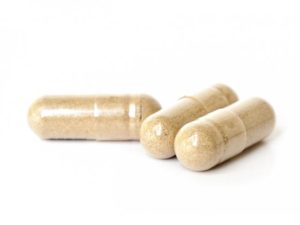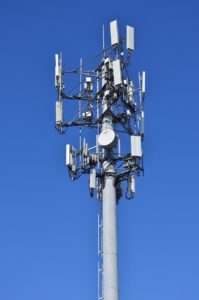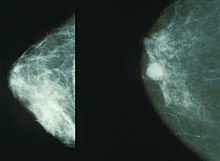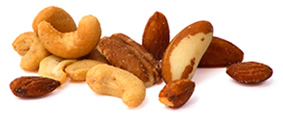 Some dietary supplements can do serious harm, especially when taken in high doses. A recent study found cancer associated with high doses of the supplement nicotinamide riboside (NR), which is a form of vitamin B3.
Some dietary supplements can do serious harm, especially when taken in high doses. A recent study found cancer associated with high doses of the supplement nicotinamide riboside (NR), which is a form of vitamin B3.
Keep in mind that this study was done in vivo and in vitro (in a lab), and also in mice.. and not humans. But the results are concerning.
Swiss and Univ. of Missouri researchers found that high levels of NT could increase the risk of developing triple-negative breast cancer, and also for it to metastasize to the brain. Yikes.
By the way, while NR can be purchased as a supplement, it is normally not found in ordinary multi-vitamins that many take daily. Low levels of NR are found in fruit, vegetables, meat, and milk - it is necessary for health (it increases levels of cellular energy). It's the large amounts found in supplements that the researchers were concerned with and that can be problematic.
Stay tuned for further research...
From Science Daily: Popular dietary supplement increases breast cancer risk, brain metastasis, study suggests
While previous studies have linked commercial dietary supplements like nicotinamide riboside (NR), a form of vitamin B3, to benefits related to cardiovascular, metabolic and neurological health, new research from the University of Missouri has found NR could actually increase the risk of serious disease, such as development of breast cancer and brain metastasis. ...continue reading "A Dietary Supplement That Might Increase Cancer Risk"







 One of the fears about aging is the possibility of developing dementia. Even in healthy older adults it is normal for the brain to slowly shrink with increasing age, and thinking processes can deteriorate. A
One of the fears about aging is the possibility of developing dementia. Even in healthy older adults it is normal for the brain to slowly shrink with increasing age, and thinking processes can deteriorate. A  Eating nuts is good for your health. A study conducted in the UK found that eating either a handful (56 grams) of whole or ground almonds every day for 4 weeks significantly increased the production of butyrate, a short-chain fatty acid that promotes gut health.
Eating nuts is good for your health. A study conducted in the UK found that eating either a handful (56 grams) of whole or ground almonds every day for 4 weeks significantly increased the production of butyrate, a short-chain fatty acid that promotes gut health. Many of us do not get enough sleep at night. Unfortunately, this is bad for our health. Another
Many of us do not get enough sleep at night. Unfortunately, this is bad for our health. Another